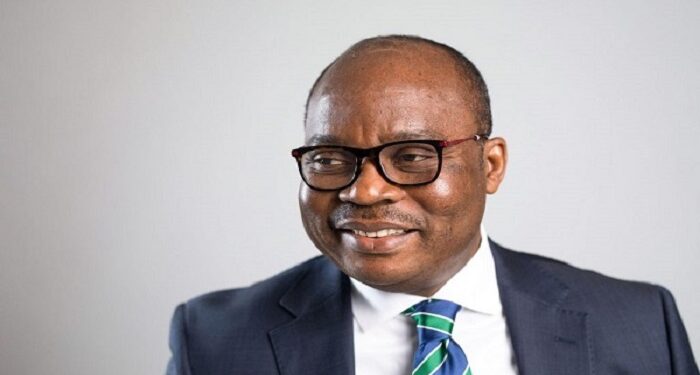The banking sector recorded a profit-after-tax of ¢4.4 billion for the first ten months of 2022.
This represents an increase of 17.2%, compared with 10.0% growth during the same period last year.
According to the Bank of Ghana, the banking sector recorded strong asset growth and improved profitability over the review period, but there are strong signs of emerging spillover effects from the recent macroeconomic challenges.
Net interest income grew by 22.7% to GH¢12.8 billion, higher than the 15.2% growth.
Net fees and commissions also grew by 25.4% to GH¢2.9 billion, compared with 22.9% growth over the same comparative period. Operating income accordingly rose by 27%, higher than the corresponding growth of 14.3% in 2021.
The industry’s operating expenses increased by 28.1% in
October 2022, compared with 11.0% for same period in 2021, on the back of the current challenging operating environment. Loan loss provisions also went up significantly, reflecting the pickup in credit growth and elevated credit.
Total assets of banking industry amountedto ¢249.9bn
Total assets of the banking industry amounted to ¢249.9 billion (an annual growth of 43.7%) at the end of October 2022.
Underpinning the growth in assets was sustained growth in deposits and borrowings, as well as the revaluation effect of the foreign currency component of key balance sheet indicators.
Total deposits reached ¢172.1 billion, representing an annual growth of 46.5%, compared with 17.2% during the same period in 2021. Borrowings also increased by 47.6% to ¢30.4 billion from ¢20.6 billion in October 2021.
Financial soundness indicators remain broadly positive
Financial Soundness Indicators remain broadly positive.
The industry’s Capital Adequacy Ratio (CAR) was 14.2% as at October 2022, above the prudential minimum of 13.0%, but shows a sharp decline from 19.8% recorded a year earlier.
The reduction in the CAR levels broadly reflects the impact of
ongoing macroeconomic developments, including the currency depreciation and the mark-to-market investment losses by some banks, as well as the continued growth in actual credit on the risk-weighted assets of banks.
However, the Non- Performing Loans (NPL) ratio improved from 16.4 percent in October 2021 to 14.0% in October 2022, on account of the higher growth in credit relative to the increase in the NPL stock.
Latest Stories
-
United Nations, partners to roll out ‘I Pledge for Peace Campaign’
1 min -
NPA sets ₵13.2 as price floor for petrol; ₵13.7 for diesel
12 mins -
Women accused of booing Zimbabwe’s first lady freed
12 mins -
TGMA: Nominees for Producer of the Year, three others announced
27 mins -
More African countries recall batch of cough syrup
37 mins -
Rust trial: How events unfolded after fatal shooting on Alec Baldwin film set
1 hour -
‘Drive Time’ on Joy FM airs from South Africa in June
1 hour -
Ghana’s debt sustainability journey: All you need to know
2 hours -
Mahmud Adeleye, the African AI expert trying to make a difference
2 hours -
Women accused of booing Zimbabwe’s First Lady freed
2 hours -
Ghana sets sights on hosting 2026 Senior African Athletics Championships – Bawa Fuseini
2 hours -
Telecel Ghana Music Awards board makes changes to nominations after review
2 hours -
We need an independent body to investigate Tema Kplejoo shooting incident – Lanchene Toobu
3 hours -
Morocco and Belgium reaffirm commitment to Libya’s sovereignty, national unity
3 hours -
LPG consumption tumbles by 4.47% – IES
3 hours

